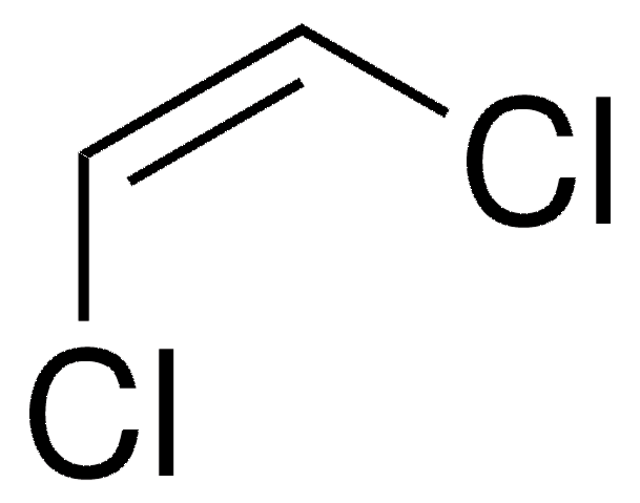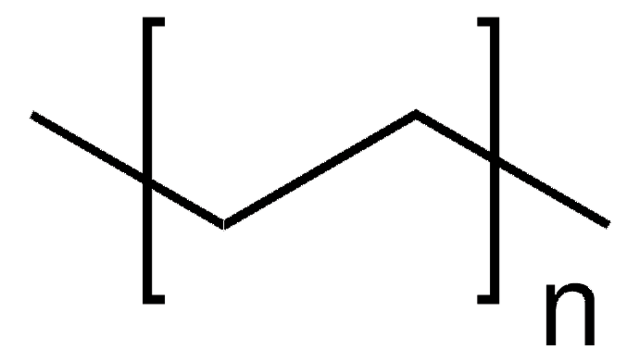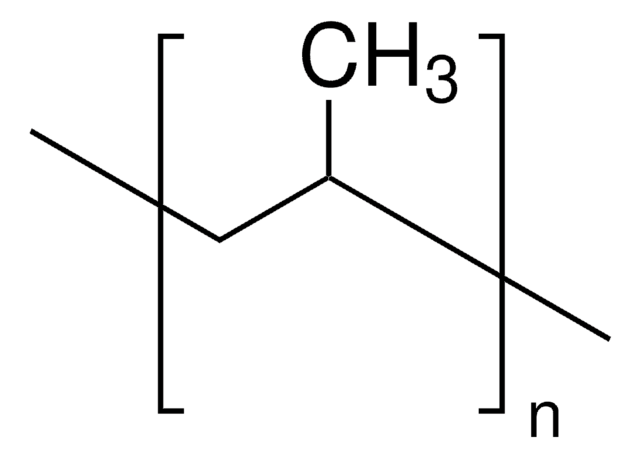112194
Hexachloro-1,3-butadiene
96%
Synonyme(s) :
Perchlorobutadiene
About This Item
Produits recommandés
Pression de vapeur
0.2 mmHg ( 20 °C)
Niveau de qualité
Essai
96%
Forme
liquid
Indice de réfraction
n20/D 1.555 (lit.)
pb
210-220 °C (lit.)
Pf
−22-−19 °C (lit.)
Densité
1.665 g/mL at 25 °C (lit.)
Groupe fonctionnel
chloro
Chaîne SMILES
Cl\C(Cl)=C(Cl)/C(Cl)=C(\Cl)Cl
InChI
1S/C4Cl6/c5-1(3(7)8)2(6)4(9)10
Clé InChI
RWNKSTSCBHKHTB-UHFFFAOYSA-N
Vous recherchez des produits similaires ? Visite Guide de comparaison des produits
Application
Mention d'avertissement
Danger
Mentions de danger
Conseils de prudence
Classification des risques
Acute Tox. 2 Dermal - Acute Tox. 3 Oral - Aquatic Acute 1 - Aquatic Chronic 1 - Carc. 2 - Eye Irrit. 2 - Skin Irrit. 2
Code de la classe de stockage
6.1A - Combustible acute toxic Cat. 1 and 2 / very toxic hazardous materials
Classe de danger pour l'eau (WGK)
WGK 3
Point d'éclair (°F)
Not applicable
Point d'éclair (°C)
Not applicable
Équipement de protection individuelle
Faceshields, Gloves, Goggles, type ABEK (EN14387) respirator filter
Faites votre choix parmi les versions les plus récentes :
Déjà en possession de ce produit ?
Retrouvez la documentation relative aux produits que vous avez récemment achetés dans la Bibliothèque de documents.
Les clients ont également consulté
Notre équipe de scientifiques dispose d'une expérience dans tous les secteurs de la recherche, notamment en sciences de la vie, science des matériaux, synthèse chimique, chromatographie, analyse et dans de nombreux autres domaines..
Contacter notre Service technique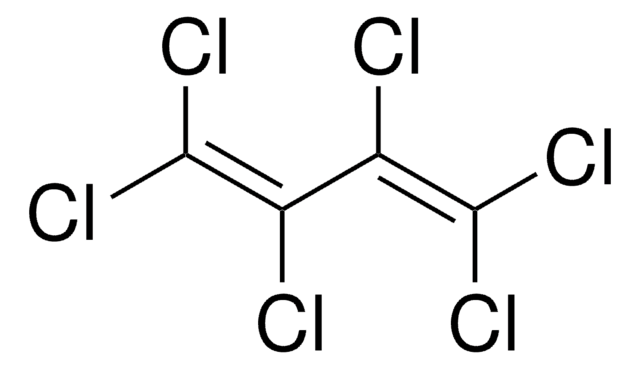

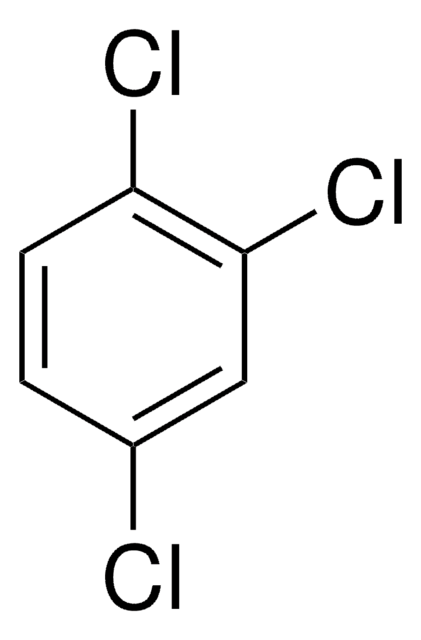
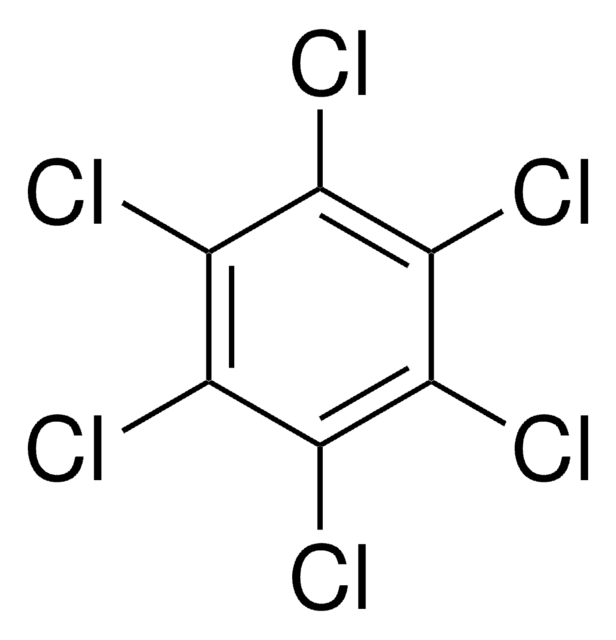
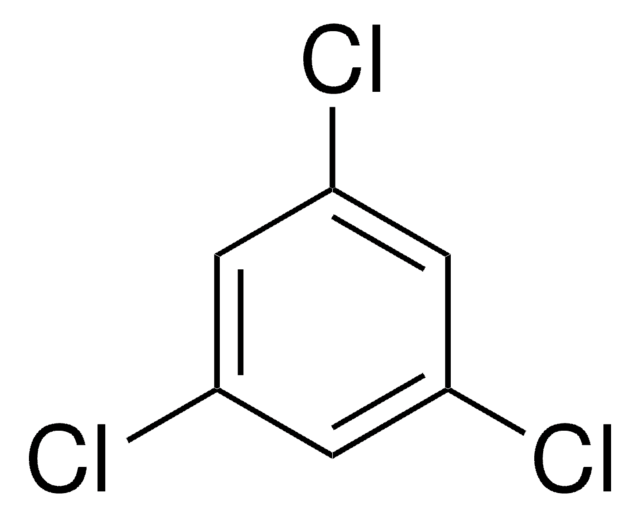
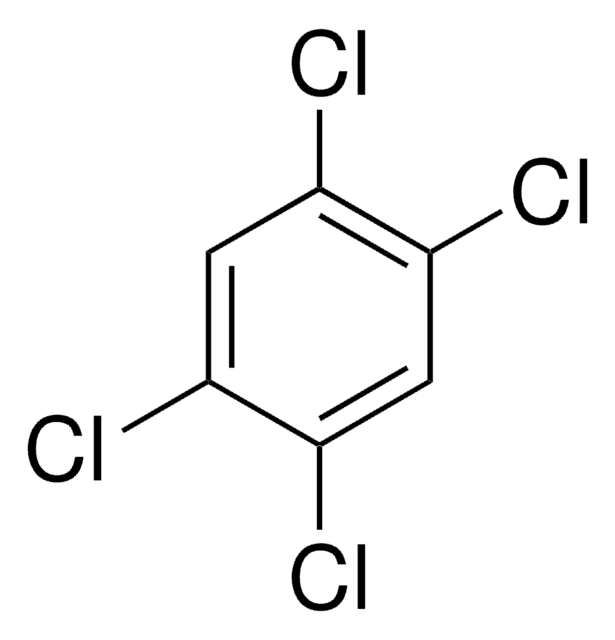

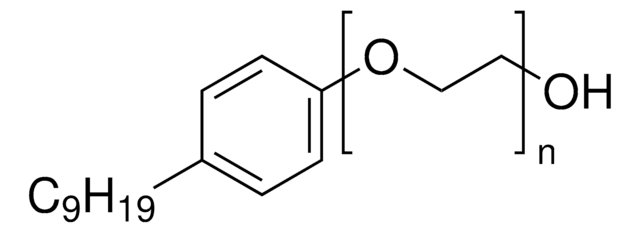
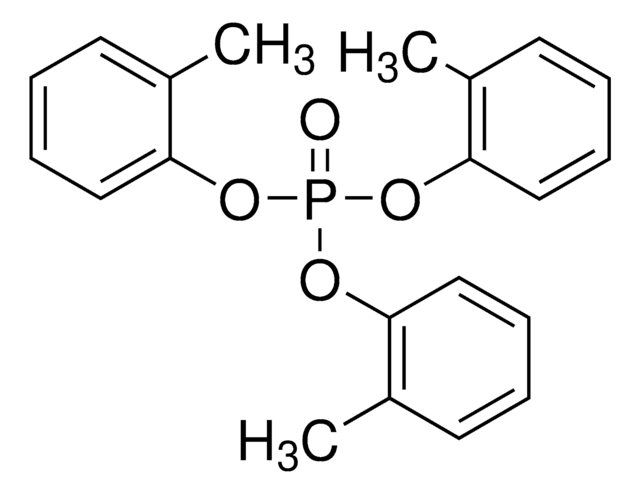
![Benzo[b]fluoranthene 98%](/deepweb/assets/sigmaaldrich/product/structures/175/744/6fa5fca2-b6ec-47b6-ab7a-fe895843f226/640/6fa5fca2-b6ec-47b6-ab7a-fe895843f226.png)



